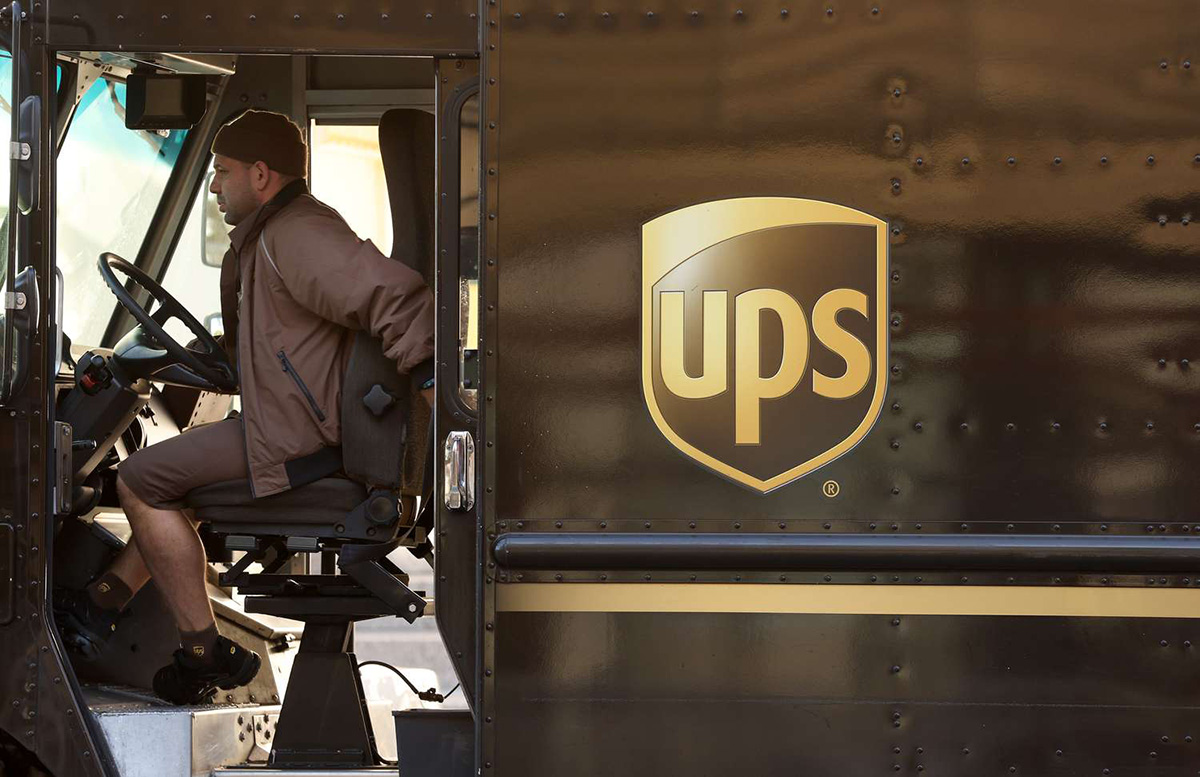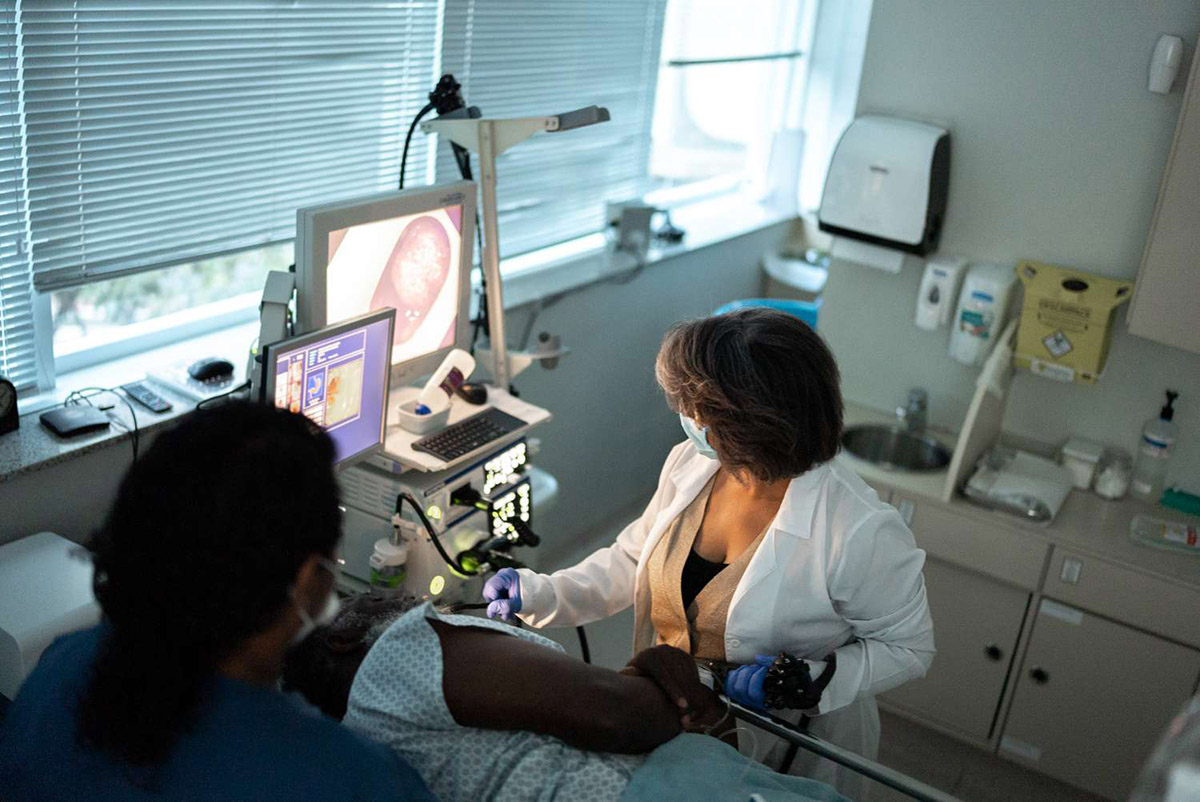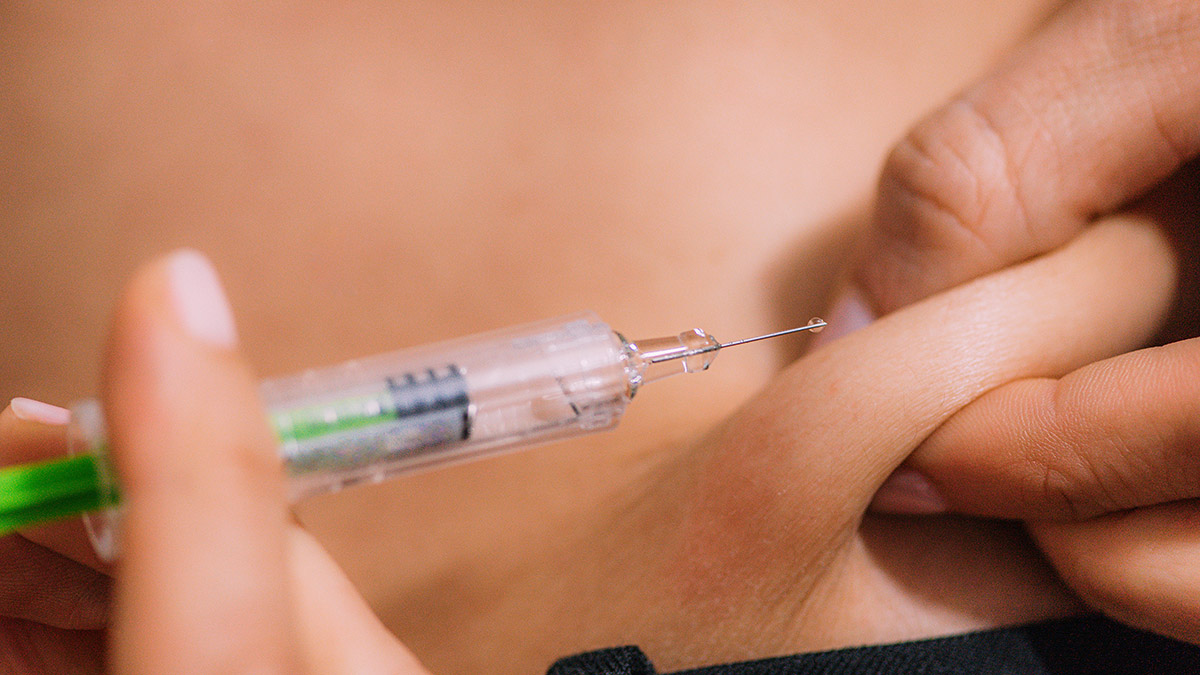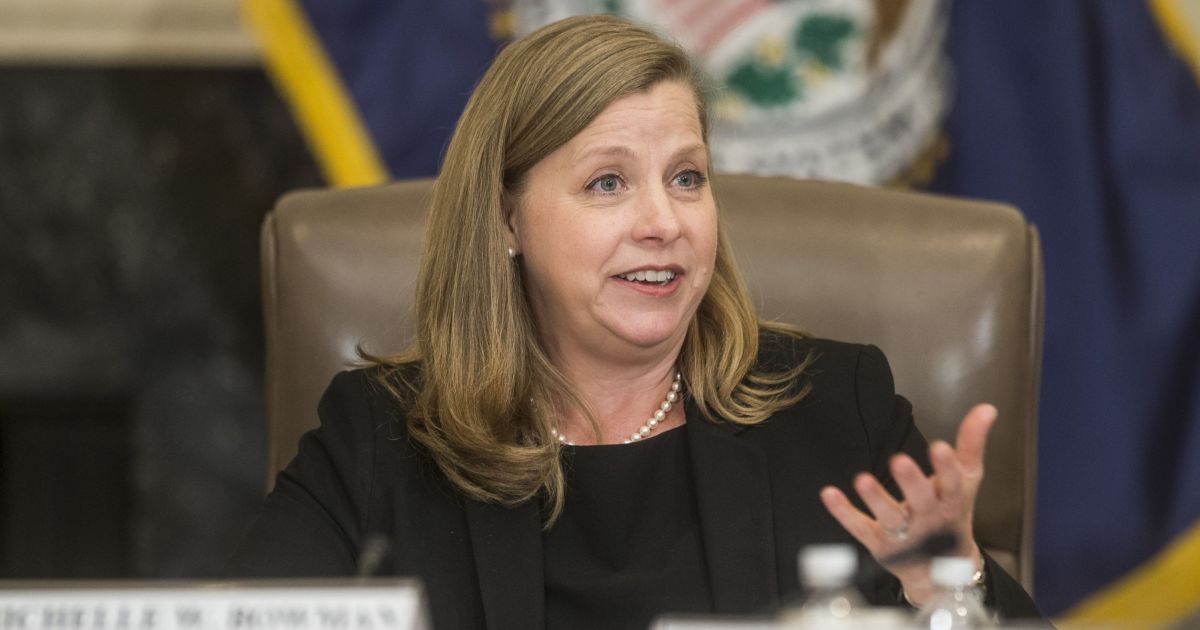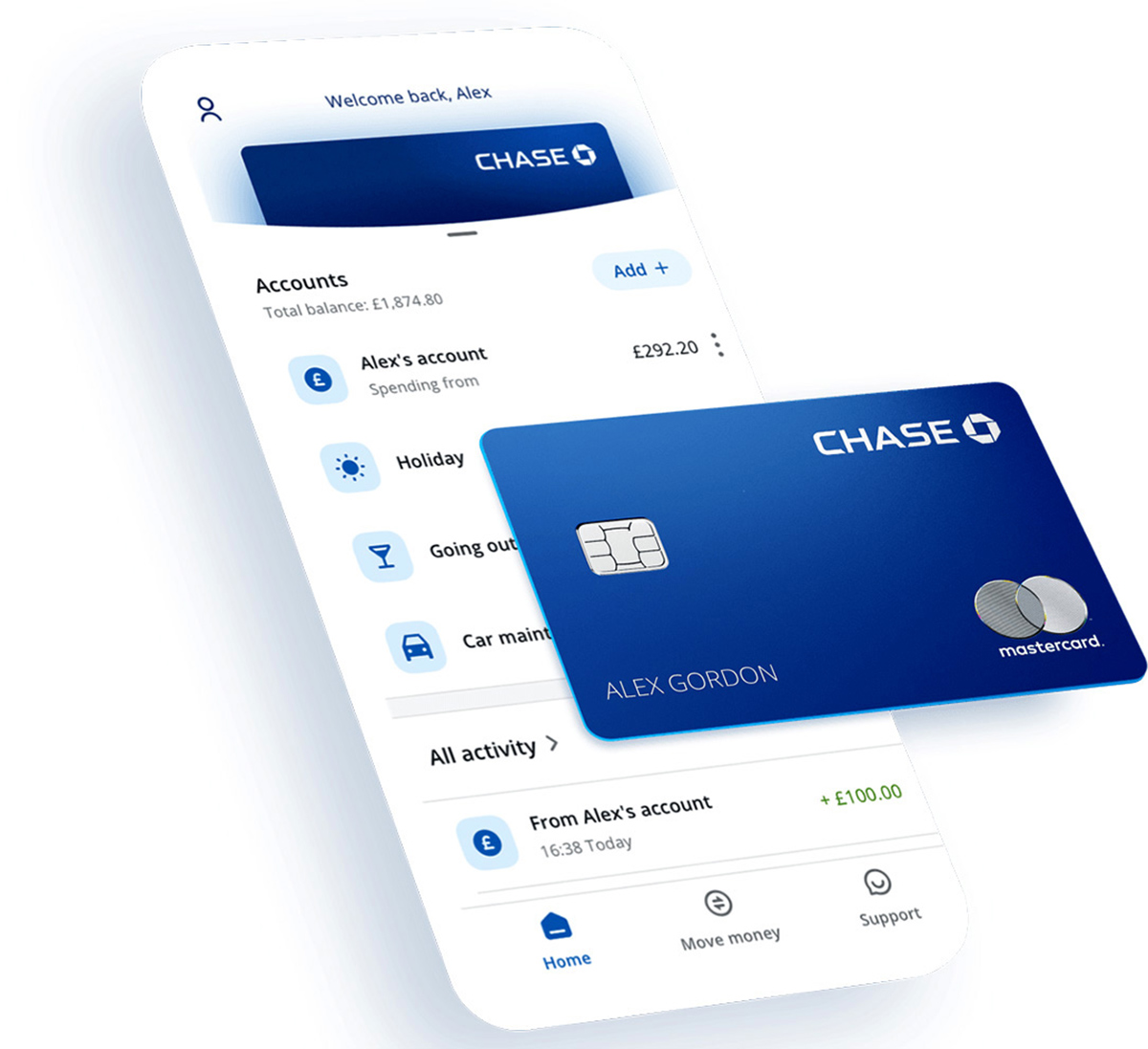Home>Finance>How Much Does An Endoscopy Cost With Insurance?
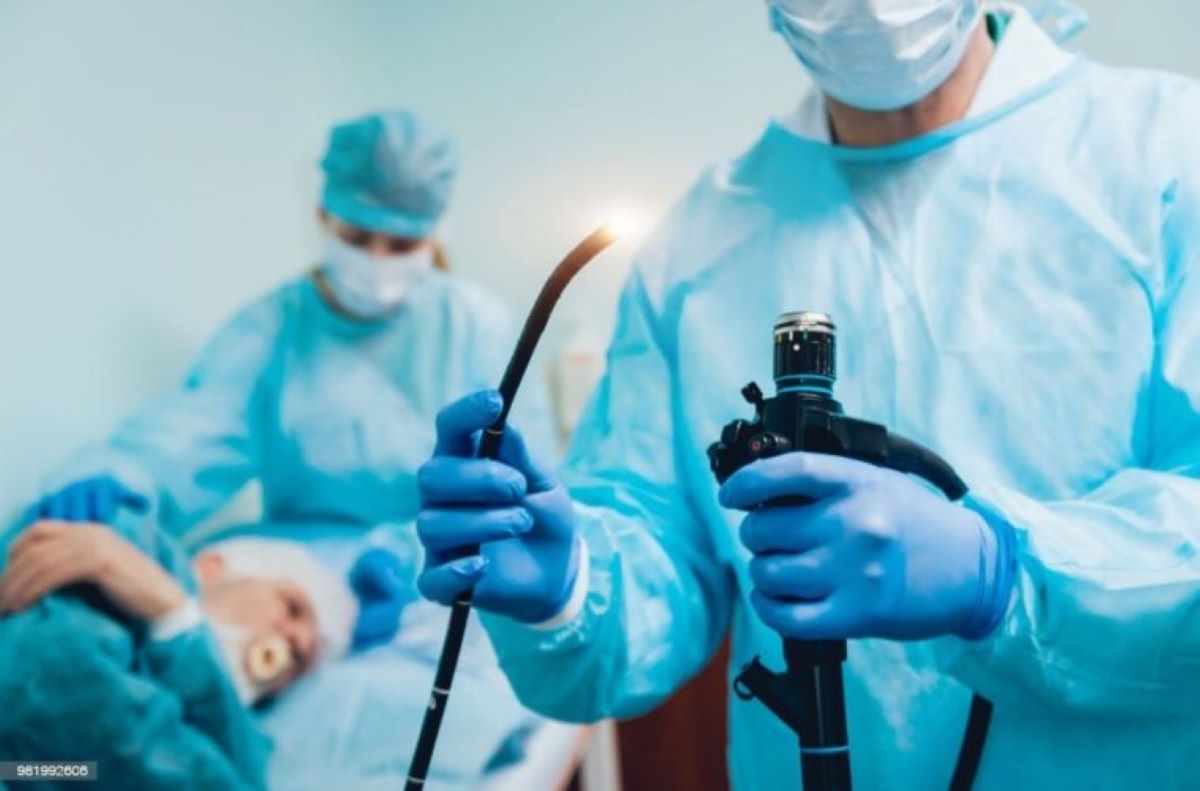

Finance
How Much Does An Endoscopy Cost With Insurance?
Published: November 10, 2023
Find out how much an endoscopy procedure costs with insurance coverage. Understand the financial implications of undergoing this medical test to make an informed decision.
(Many of the links in this article redirect to a specific reviewed product. Your purchase of these products through affiliate links helps to generate commission for LiveWell, at no extra cost. Learn more)
Table of Contents
Introduction
Welcome to our comprehensive guide on the cost of endoscopy with insurance. If you’re considering undergoing an endoscopy procedure and have questions about the financial implications, you’ve come to the right place. In this article, we’ll explore the various factors that can affect the cost of an endoscopy with insurance coverage and provide some tips on how to save money.
An endoscopy is a medical procedure that allows doctors to examine the interior of certain parts of the body using a long, flexible tube equipped with a camera and light source. It is commonly used to diagnose and treat conditions affecting the digestive system, such as gastroesophageal reflux disease (GERD), ulcers, and colon polyps.
While the medical benefits of endoscopy are well-documented, many individuals are concerned about the potential financial burden associated with the procedure. This is where insurance coverage comes into play. Understanding what your insurance plan covers and how it affects the cost of endoscopy can help you make informed decisions about your healthcare.
Before we delve into the specific details of insurance coverage for endoscopy, it’s important to note that healthcare costs and insurance policies can vary widely depending on your location, insurance provider, and individual circumstances. The information provided in this article is meant to serve as a general guide, but it’s always best to consult with your insurance provider and healthcare professionals for the most accurate and up-to-date information.
Now, let’s explore the different types of insurance coverage for endoscopy and how they can impact the cost of the procedure.
Understanding Endoscopy
Before we delve into the cost of endoscopy with insurance, let’s first understand what an endoscopy entails. Endoscopy is a minimally invasive medical procedure that allows doctors to examine the interior of different organs and body cavities. It is commonly used to diagnose and treat various conditions, particularly those affecting the gastrointestinal tract.
The procedure itself involves using a long, flexible tube called an endoscope, which is equipped with a light source and a high-resolution camera. The endoscope can be inserted through natural body openings, such as the mouth or anus, or through small incisions made in the skin.
During an endoscopy, the doctor carefully navigates the endoscope to the target area and visually inspects the tissues and organs. This real-time visual feedback helps in the diagnosis of conditions such as ulcers, inflammation, tumors, and bleeding. In certain cases, the endoscope can also be used to perform therapeutic procedures, such as removing polyps, stopping bleeding, or dilating strictures.
Endoscopy offers several advantages over traditional surgical procedures. It is less invasive, resulting in shorter recovery times, minimal scarring, and reduced risk of complications. Additionally, it can provide more accurate and immediate results, allowing for timely intervention and treatment.
The specific type of endoscopy performed depends on the area of the body being examined. Common types of endoscopy include:
- Gastroscopy: This involves examining the esophagus, stomach, and upper portion of the small intestine (duodenum).
- Colonoscopy: In this procedure, the colon and rectum are examined for abnormalities such as polyps or tumors.
- Bronchoscopy: This is used to visualize the airways and lungs, helpful in diagnosing respiratory conditions.
- Laparoscopy: A laparoscope is inserted through small incisions in the abdomen to visualize the abdominal organs.
Now that we have a better understanding of what endoscopy involves, let’s explore how insurance coverage can impact the cost of the procedure.
Types of Insurance Coverage for Endoscopy
When it comes to the cost of endoscopy, the type of insurance coverage you have plays a significant role. Insurance coverage can vary greatly depending on the specific policy and provider. Here are some common types of insurance coverage for endoscopy:
- Private Health Insurance: Many individuals obtain endoscopy coverage through private health insurance plans. These plans can be obtained through employers, purchased independently, or provided by government programs. Private health insurance coverage for endoscopy can vary in terms of deductibles, co-pays, and out-of-pocket maximums, so it’s important to review your plan documents to understand your specific coverage.
- Medicare: Medicare is a federal health insurance program in the United States that provides coverage for individuals over the age of 65 and certain individuals with disabilities. Medicare Part B typically covers medically necessary endoscopy procedures, although specific coverage and out-of-pocket costs may apply. It’s important to consult your Medicare plan to understand the details of your coverage.
- Medicaid: Medicaid is a joint federal and state program that provides health coverage to individuals with low income. Medicaid coverage for endoscopy may vary depending on the state and specific program. Eligibility requirements and coverage details can differ, so it’s important to check with your state’s Medicaid program for information regarding endoscopy coverage.
- Managed Care Plans: Many insurance providers offer managed care plans, such as Health Maintenance Organizations (HMOs) or Preferred Provider Organizations (PPOs). These plans typically require you to seek care from a network of providers. Endoscopy coverage under managed care plans may have specific requirements, such as obtaining referrals from primary care physicians or seeking services from network providers.
It’s crucial to review your insurance policy’s terms and conditions to understand the specifics of your coverage. Familiarize yourself with concepts like deductibles, co-insurance, and co-payments. These factors will all contribute to the overall cost you will have to bear for an endoscopy procedure.
It’s also important to consider whether your insurance coverage includes both diagnostic and therapeutic endoscopy procedures. Diagnostic procedures are typically performed to evaluate and diagnose medical conditions, while therapeutic procedures involve treatments and interventions performed during an endoscopy. Understanding your coverage for both types is essential to avoid any surprises when it comes to the final bill.
Next, we’ll explore the factors that can influence the cost of endoscopy with insurance coverage.
Factors Affecting the Cost of Endoscopy with Insurance
Several factors can influence the cost of an endoscopy procedure, even with insurance coverage. Here are some key factors to consider:
- Insurance Plan Type: The type of insurance plan you have will impact the cost of endoscopy. Different plans may have varying deductibles, co-pays, and co-insurance requirements. It’s crucial to understand your plan’s terms and how they apply to endoscopy procedures.
- Network Providers: Most insurance plans have a network of preferred providers. Utilizing an in-network provider can lower your out-of-pocket costs, while going out-of-network may result in higher expenses. It’s essential to review your insurance network and choose a provider within the network whenever possible.
- Procedure Complexity: The complexity of the endoscopy procedure can affect the cost. Certain procedures may require additional equipment or specialized techniques, which can result in higher expenses. The extent of any necessary interventions or treatments during the procedure can also impact the overall cost.
- Pre-Procedure Costs: There may be additional costs associated with endoscopy, such as pre-procedure consultations, laboratory tests, or imaging studies. These costs may or may not be covered by insurance, depending on your specific policy. It’s important to inquire about any pre-procedure costs to avoid unexpected expenses.
- Geographic Location: The cost of healthcare can vary depending on your geographic location. Factors such as regional pricing, cost of living, and provider fees can influence the overall cost of endoscopy procedures. It’s essential to consider these geographic factors when estimating the cost of endoscopy with insurance.
- Deductibles and Out-of-Pocket Maximums: Insurance plans often have deductibles, which are the amount you must pay out-of-pocket before the insurance coverage kicks in. Additionally, there is usually an out-of-pocket maximum, which is the maximum amount you have to pay in a given period. The deductibles and out-of-pocket maximums will impact how much you will be responsible for in terms of the endoscopy cost.
It’s crucial to contact your insurance provider and review your plan documents to understand how these factors will impact the cost of your endoscopy procedure. This will help you prepare financially and minimize any unexpected expenses.
Now that we’ve covered the factors affecting the cost of endoscopy, let’s explore the average cost of the procedure with insurance coverage.
Average Cost of Endoscopy with Insurance
The cost of endoscopy with insurance coverage can vary depending on several factors. It’s important to note that the figures provided here are general averages and may not reflect the exact cost you might encounter. The final cost will depend on factors such as your insurance plan, location, provider fees, and the specific procedure being performed.
On average, the cost of endoscopy with insurance coverage can range from $500 to $2,500. This cost typically includes the procedure itself, anesthesia, and facility fees. However, additional costs may arise if any biopsies or therapeutic interventions are performed during the endoscopy.
It’s essential to remember that the cost can vary significantly depending on your insurance plan’s deductible, co-pays, and co-insurance requirements. Some individuals may have a higher deductible that needs to be met before insurance coverage kicks in, while others may have a lower or no deductible at all.
Moreover, individual insurance plans may have different fee schedules and negotiated rates with healthcare providers. These negotiated rates can affect the amount you pay out-of-pocket for the procedure. It’s advisable to contact your insurance provider or review your plan documents to understand how much you can expect to pay for an endoscopy with insurance coverage.
Additionally, it’s worth noting that insurance coverage for endoscopy may involve both in-network and out-of-network providers. In-network providers typically have pre-negotiated rates with your insurance company, resulting in lower out-of-pocket expenses. Out-of-network providers may result in higher costs or may not be covered at all, depending on your insurance plan.
To get a more accurate estimate of the cost of endoscopy with insurance coverage, it’s recommended to consult with your insurance provider and inquire about the specific details of your policy. They can provide information on coverage, deductibles, co-pays, and any potential cost-saving options available to you.
Now, let’s move on to some tips on how to save money on endoscopy with insurance coverage.
Tips to Save Money on Endoscopy with Insurance
Undergoing an endoscopy procedure can be a significant financial investment, even with insurance coverage. However, there are several ways you can save money and reduce the out-of-pocket expenses. Here are some tips to consider:
- Research In-Network Providers: Take the time to research and find out which healthcare providers are in-network for your insurance plan. Choosing an in-network provider can significantly lower your out-of-pocket costs since they have negotiated rates with your insurance company.
- Get Pre-Authorization: Before scheduling the endoscopy procedure, make sure to obtain pre-authorization from your insurance company. This step ensures that the procedure is covered under your plan and helps prevent any surprise denial or unexpected costs.
- Compare Costs: Reach out to different healthcare facilities and providers to compare the costs of the endoscopy procedure. Some facilities may offer more competitive prices or discounts for cash-paying patients. It’s worth exploring all your options to find the best value for your money.
- Opt for Ambulatory Surgery Centers (ASCs): Ambulatory Surgery Centers are standalone facilities that often have lower costs compared to hospital-based outpatient departments. If your insurance plan allows it, consider getting the endoscopy done at an ASC, as it can result in substantial cost savings.
- Consider High-Deductible Health Plans: High-deductible health plans (HDHPs) usually have lower monthly premiums but higher deductibles. If you’re generally in good health and don’t anticipate needing extensive medical care, an HDHP might be a cost-effective option. Just keep in mind that you’ll be responsible for paying a larger portion of the costs until you meet your deductible.
- Utilize Flexible Spending Accounts (FSAs) or Health Savings Accounts (HSAs): FSAs and HSAs are tax-advantaged accounts that allow you to set aside pre-tax money for medical expenses. If you have access to these accounts, consider contributing to them to save on taxes and use the funds towards your endoscopy procedure.
- Ask for Costs In Writing: When consulting with healthcare providers, make sure to request cost estimates in writing. This will help you compare prices and ensure there are no surprise bills later on.
- Review Your Explanation of Benefits (EOB): After the endoscopy procedure, carefully review your EOB from your insurance company. Check for any discrepancies or errors in billing and ensure that the services rendered align with what was covered under your plan.
- Consider Eligible Tax Deductions: Depending on your income and medical expenses, you may be eligible for tax deductions. Keep track of all your medical expenses, including the cost of the endoscopy procedure, and consult with a tax professional to explore potential deductions.
By implementing these tips, you can potentially save money and reduce the financial burden of an endoscopy procedure with insurance coverage. Remember to always communicate with your insurance provider and healthcare professionals to fully understand your coverage and explore cost-saving options.
Now, let’s wrap up our comprehensive guide on the cost of endoscopy with insurance coverage.
Conclusion
In conclusion, the cost of endoscopy with insurance coverage can vary depending on several factors such as your insurance plan, the complexity of the procedure, and your geographic location. Understanding your insurance coverage, including deductibles, co-pays, and in-network providers, is crucial to avoid any unexpected costs.
On average, the cost of endoscopy with insurance coverage can range from $500 to $2,500, but it’s important to note that these figures are general estimates and may not reflect your specific circumstances. Consulting with your insurance provider and healthcare professionals is essential for obtaining accurate cost information and understanding your policy’s terms and conditions.
To save money on endoscopy with insurance, consider researching in-network providers, obtaining pre-authorization, and comparing costs between healthcare facilities. Exploring options such as Ambulatory Surgery Centers and high-deductible health plans can also result in significant cost savings. Additionally, utilizing flexible spending accounts or health savings accounts can help you allocate pre-tax funds towards your procedure.
Lastly, always review your explanation of benefits, ask for costs in writing, and consider eligible tax deductions to ensure you are not overcharged and to maximize potential savings.
Remember, the information provided in this guide serves as a general overview, and it’s important to consult with your insurance provider and healthcare professionals for specific details regarding your coverage and cost estimates.
By being proactive and informed about insurance coverage and cost-saving strategies, you can navigate the financial aspects of an endoscopy procedure more effectively and focus on your health and well-being.



